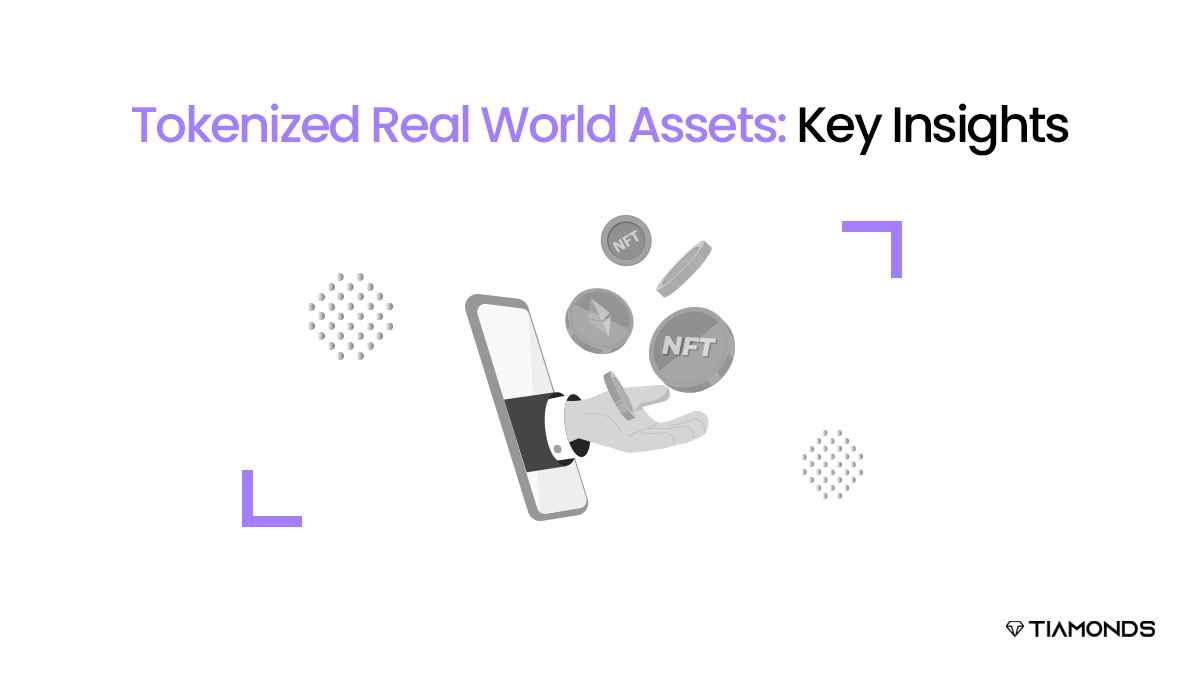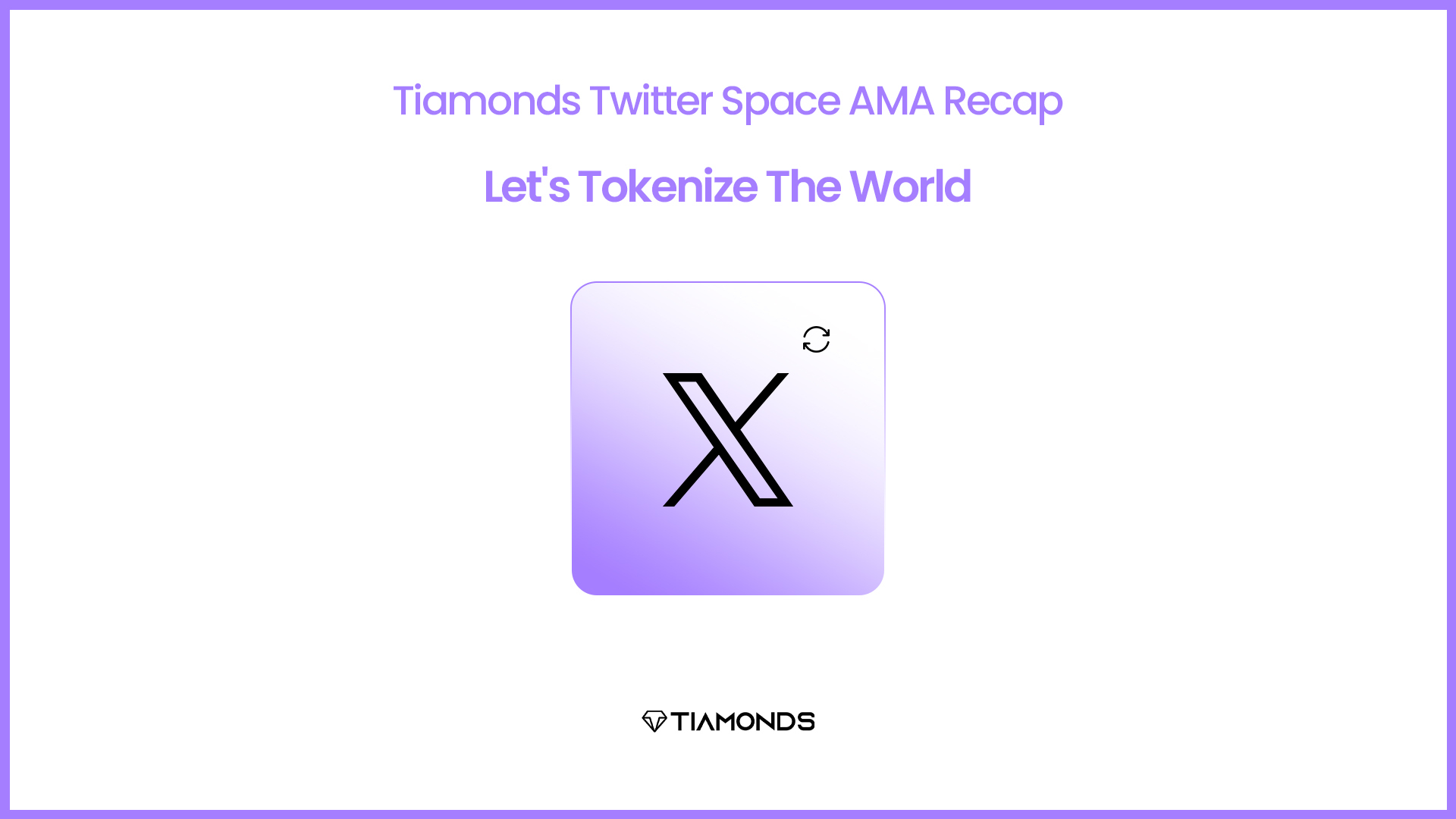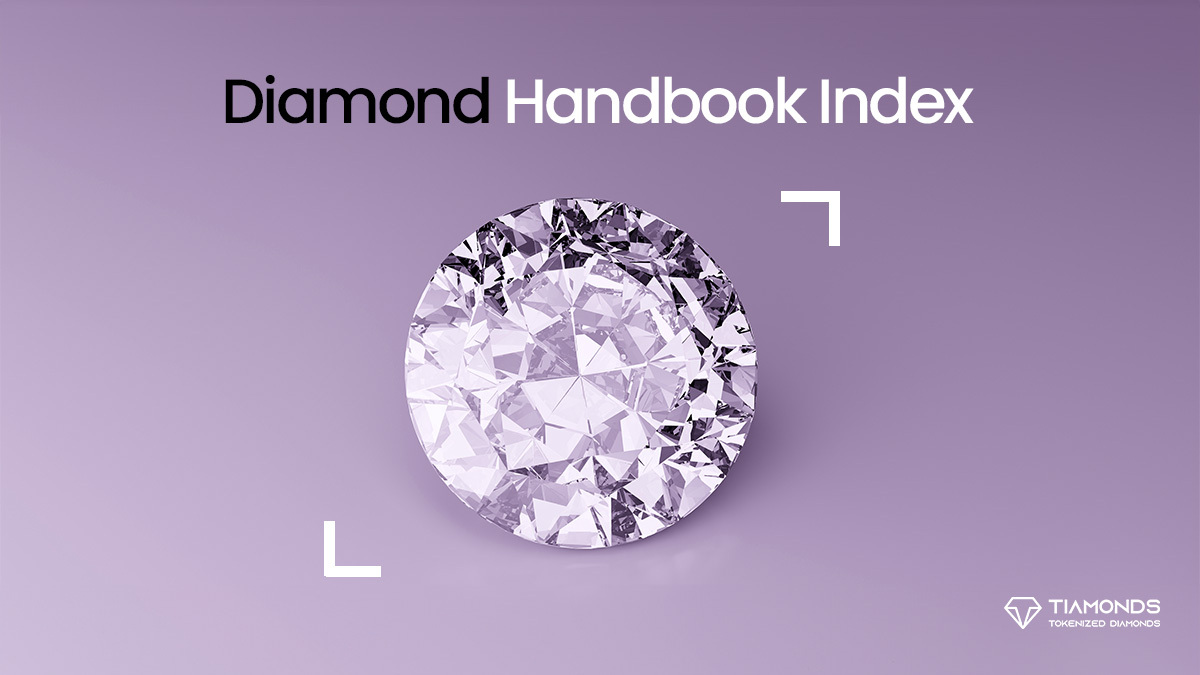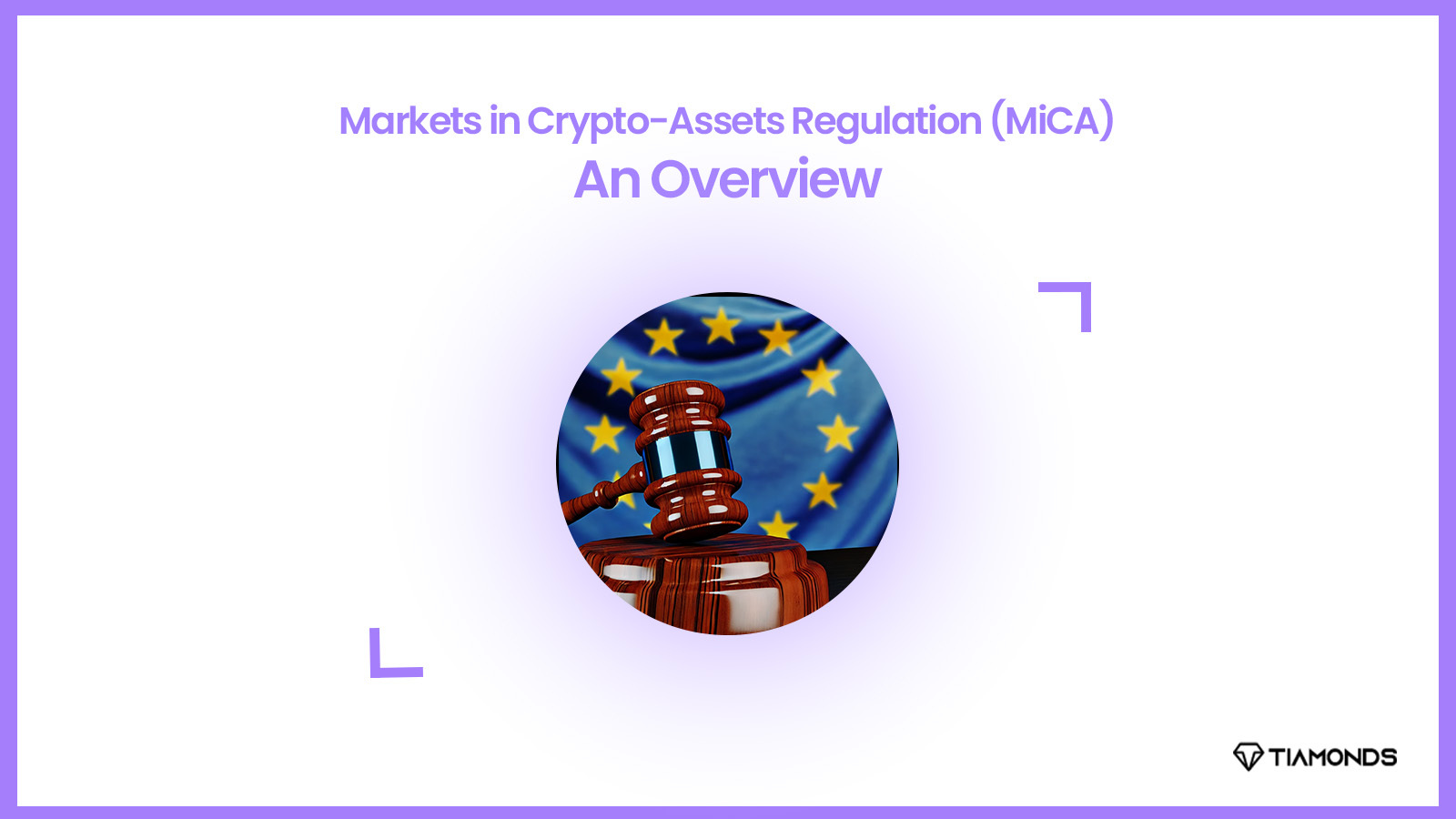Presently a multibillion-dollar concept, asset tokenization unites both the traditional and decentralized finance sectors. Not just among crypto enthusiasts, convergence has fueled massive adoption. But also by small-fund investors interested in fractionalizing high-value assets. It has become an emerging trend of tokenized real-world assets that facilitates the widespread adoption of cryptocurrencies. The notion of tokenizing tangible assets has granted entry to the cryptocurrency realm for common investors. Thereby attracting a previously untapped user demographic. Asset tokenization represents tangible assets on a blockchain as digital tokens.
Subsequently, the digital tokens are employed to symbolise the legal rights and ownership of the tangible asset. Historically, the responsibility of crypto projects has been to demonstrate their worth and value to investors. However, a large number of coins whose sole purpose is to attract investors frequently impede this endeavor. Cryptocurrency assets are also highly volatile due to the absence of the stable foundation that fiat currencies and other conventional assets have historically possessed.
However, due to their association with tangible assets, tokenized assets possess intrinsic value and, consequently, demand less exertion to persuade investors of their worth. They also experience minimal price fluctuations due to their practical utility and direct correlation in the real world. Before investors commit capital, there are several crucial considerations that they ought to bear in mind.
Five Factors to Consider Regarding Tokenized Real-World Assets
1. Assets That Can be Tokenized
In addition to real estate, precious metals, collectibles, securities, and equity, the tokenization of tangible assets began with funds managed by private equity firm Hamilton Lane. Nevertheless, as time has passed, the assortment of assets amenable to tokenization has expanded to encompass a vast array of commodities and products. At present, there are tokens of infrastructure and agricultural products, including coffee beans and wine. Transportation and energy infrastructure (e.g., ships and airports), are also available for purchase by investors. Additionally, luxuries such as in-game assets, esport assets, and event-based assets may be tokenized. Additionally, data has become one of the most precious resources amenable to tokenization. Decentralized data exchange platforms facilitate the exchange of data in a secure and transparent manner.
2. Transfer of Ownership / Transfer of Specific Rights
Prior to investing in a tokenization project, investors must have a comprehensive understanding of the rights they are obtaining through the purchase of the project’s tokens. Tokens may confer ownership or rights to the tokenized real-world assets being tokenized upon the investor. Contingent upon the characteristics of the assets. When it comes to intangible assets like music licences, tokenization confers rights to the melody rather than ownership to the investor.
Consequently, millions of individuals can be granted concurrent licences for music rights. An example of a transaction in which a customer ‘buys’ a recording from iTunes is acquiring a licence. This grants them the right to pay attention to the music under specific conditions. This does not constitute actual ownership.
Conversely, the act of tokenizing a physical asset such as fine art or real estate might result in the investor acquiring a portion of the asset in proportion to the quantity or value of tokens held. In other instances, the tokenization of a piece of property might not necessarily result in the complete sale of the property. It is rather the transfer of certain restricted rights to the token holders. Consequently, the tokens bestow upon the investor the privilege of utilizing a designated area for a specified duration. In light of the variations in the tokens’ significance and value to the investor, it is imperative that investors conduct thorough research. Comprehend precisely what they are obtaining by obtaining a project’s token.
3. Access to the Market and Liquidity
Similar to other cryptocurrency assets, the investor must evaluate the project’s liquidity. This may involve conducting due diligence to verify that the asset supporting the project is in fact owned by the token issuers. Additionally, assessing the token’s market access is crucial. Occasionally, projects offer investors restricted trading options, thereby impeding their ability to trade the tokens at their convenience. Therefore, it is prudent for investors to verify that the tokens are available for purchase on numerous marketplaces and exchanges. Moreover, the exchanges must be regulated and held in high regard. Although this does not imply that the project is reliable. It lends an air of credibility due to the fact that exchanges conduct their own due diligence prior to listing tokens.
4. Handling Risk
Asset tokens, by nature of their presence in the cryptocurrency space, are also vulnerable to volatility, thereby augmenting the associated risk. Although the risk may be somewhat less than that of other fully developed crypto assets. Investors ought to exercise strategic judgement when making investments, taking into consideration the inherent risks. In the same way that crypto assets should be diversified to reduce risk, other investments should also be diversified. Diversification remains feasible even if an investor’s focus is exclusively on tokenized real-world assets. They can still achieve this by allocating their funds across various real-world asset classes.
5. Regulatory Obligations
Both the tokenization of assets and the sale of asset tokens necessitate adherence to regulatory obligations. Nevertheless, these stipulations differ across jurisdictions due to the fact that distinct authorities interpret them in different ways. Consequently, in order to prevent legal disputes with authorities. Investors must verify that the tokenized real-world assets are in accordance with the law and that the issuer is operating in accordance with the applicable regulations. If the tokens being offered symbolise ownership in the asset, for instance, securities laws in the United States may apply.
Selling tokens or participating in a token marketplace generally necessitates compliance with Anti-Money Laundering (AML) and Know Your Customer (KYC) regulations. Consequently, prior to commencing operations, issuers will be obligated to obtain certification from the US Securities and Exchanges Commission (SEC).
The Future of Real-World Assets Tokenization
Tokenized real-world assets represent tangible assets, a nascent category of assets that connects the realms of blockchain technology and conventional finance. Due to the protracted anticipation for this convergence in the financial sector.
Asset tokens are poised for significant expansion and widespread acceptance. The regulatory sector will largely reflect this expansion. Authorities and governments are developing rules and regulations to guide the class. Investors anticipate that the enhanced clarity will expedite their assimilation process and encourage greater participation from conventional financial institutions.
Moreover, as more institutions witness the development of currently available assets, the ongoing expansion of tokenizable asset classes will undoubtedly persist. In addition to enhancing the value of the asset token markets, this expansion will attract a new cohort of investors, thereby boosting adoption. Promising industry projections describe the future of tokenized tangible assets. Experts predict that the asset tokenization market, currently valued at $300 billion, will reach a minimum of $10 trillion by 2030.




